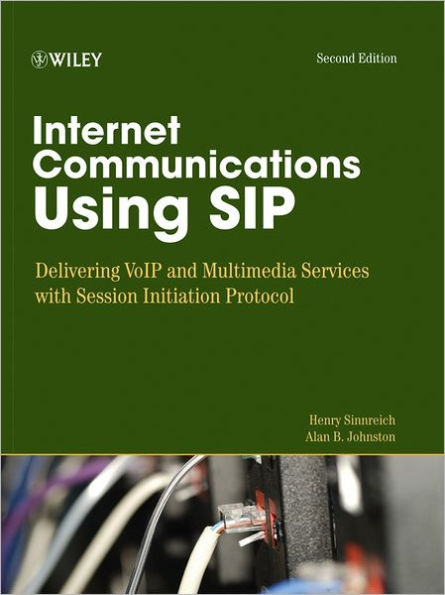5
1

Internet Communications Using SIP: Delivering VoIP and Multimedia Services with Session Initiation Protocol
408
Internet Communications Using SIP: Delivering VoIP and Multimedia Services with Session Initiation Protocol
408
72.0
In Stock

Product Details
| ISBN-13: | 9781118429150 |
|---|---|
| Publisher: | Wiley |
| Publication date: | 07/06/2012 |
| Series: | Networking Council , #27 |
| Sold by: | JOHN WILEY & SONS |
| Format: | eBook |
| Pages: | 408 |
| File size: | 10 MB |
About the Author
From the B&N Reads Blog
